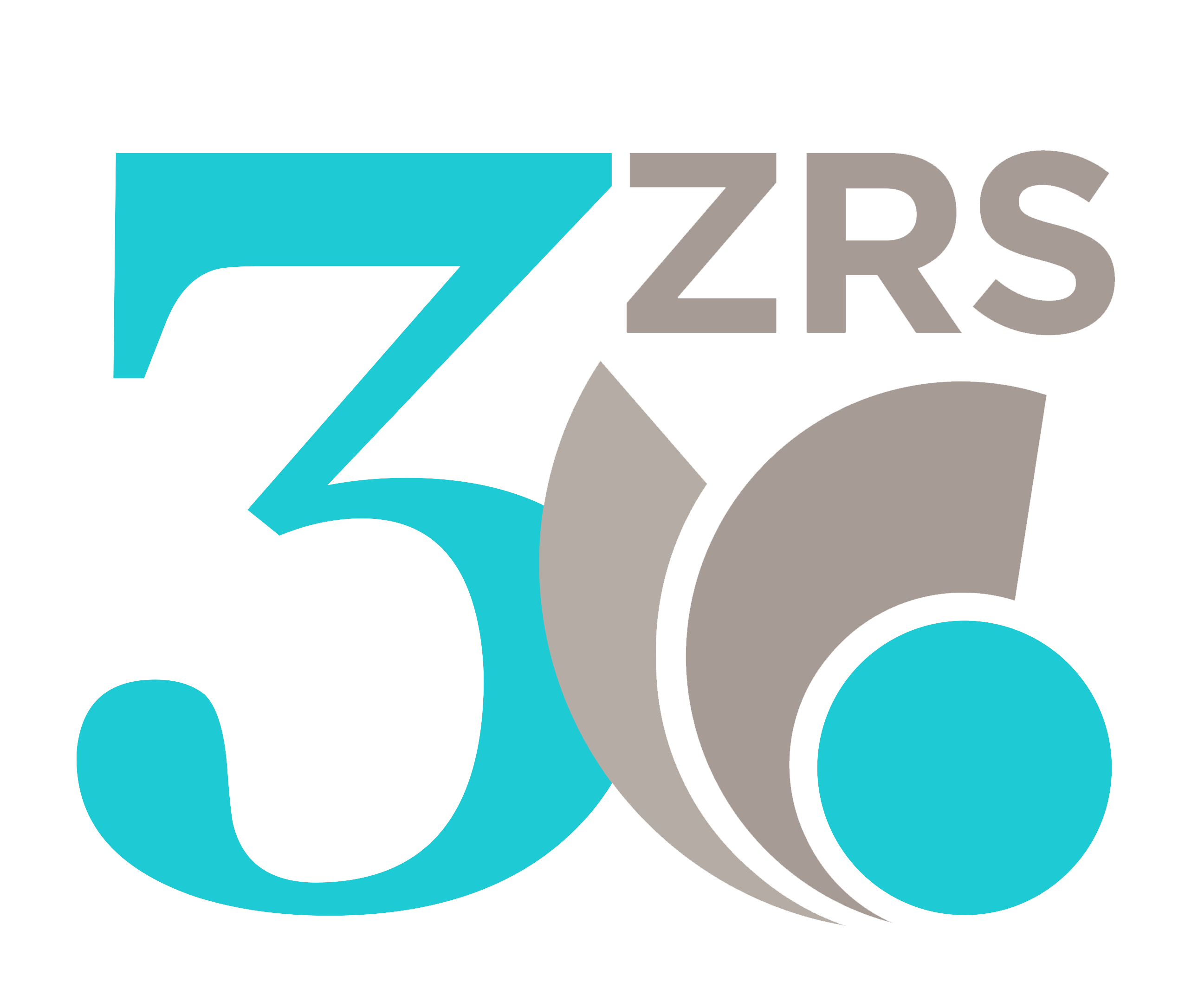CORRELATION BETWEEN DIFFERENT MOTOR ABILITIES AND SCORE POINTS IN THE RAUCH CUP
DOI:
https://doi.org/10.35469/ak.2018.159Abstract
In alpine skiing like in other sports, achieving good results depends on a variety of factors and the quality of planning and conducting the process of training. The purpose of the research was to determine whether there is a correlation between selected motor tests and the number of points achieved in Rauch Cup. The research was conducted on a sample of 41 male competitors from different ski clubs across Slovenia. The following tests were conducted on our selected group of 13 - 14 year old males: taping with a dominant leg, test of stability, run from a flying start (maximum speed), ten jumps on both legs, 400m run, running nines, counter movement jump and reaction time to a visual impulse (squat jump). The linear regression analysis was used to determine the relationship between selected motor tests and performance in alpine skiing (Rauch Cup points). Correlation was found between each individual motor test and criterion variable (Rauch Cup points) except test of stability and reaction time test (squat jump). Multiple linear regression (MLR) showed us that the selected model, assembled of four tests that gave the highest MLR was significant (R=.727; p<.001). According to the findings, we can conclude that motor skills represent 53% of the competitive performance variance of the alpine skier.
Downloads
References
Bandalo, M. & Lešnik, B. (2011). The connection between selected anthropometric and motor variables and the competitive success of young competitors in alpine skiing. Kinesiologia Slovenica, 17(3), 16–31.
Brown, S. L., & Wilkinson, J. G. (1983). Characteristics of national, divisional, and club male alpine ski racers. Medicine and Science in Sports and Exercise, l5(6), 491-495.
Dolenec, M. (1996). Vrednotenje modela uspešnosti mlajših deklic v alpskem smučanju [Evaluation of the model of success of young girls in Alpine skiing] (Unpublished master’s thesis), Faculty of Sport, University of Ljubljana, Slovenia.
Haymes, E. M., & Dickinson, A. L. (1980). Characteristics of elite male and female ski racers. Medicine and Science in Sports and Exercise, l2(3), 153-158.
Heikkinen, D. (2003). Physical testing characteristics and technical event performance of junior alpine ski racers (Master's thesis). Retrieved from University of Maine Electronic Theses and Dissertations. (ETD 473)
Hintermeister, R. A., O'Connor, D. D., Dillman, C. J., Suplizio, C. L., Lange, G. W., & Steadman, R. J. (1995). Muscle activity in slalom and giant slalom skiing. Medicine and Science in Sports and Exercise, 27(3), 315-322.
Lešnik, B. (1996). Vrednotenje modela uspešnosti mlajših dečkov v alpskem smučanju [Evaluation of the model of success of young boys in Alpine skiing]. (Unpublished master’s thesis), Faculty of Sport, University of Ljubljana, Slovenia.
Mladenović, D., Cigrovski, V., Stanković, V., Prlenda, N., & Uljević O. (2015). Success in Adopting Technique of Alpine Skiing with Respect to Motor Abilities of the Children Aged 7-8 Years. Collegium Antropologicum, 39(1), 77–82.
Šturm, R. (2012). Načrt otroškega programa smučanja [Plan of the children's ski program]. Retrieved from: http://www.sloski.si/resources/files/pdf/alpsko-smucanje/LETNI_NART_ALPSKIH_REPREZENTANC_2012-2013_Vlado_Makuc_popravljen_mlad_prog.pdf
Ušaj, A. (2003). Osnove športnega treniranja [Basics of sports training]. Unpublished manuscript, Faculty of Sport, University of Ljubljana, Slovenia.
Downloads
Published
How to Cite
Issue
Section
License
Open Access Policy and Copyright
This journal provides immediate open access to its content on the principle that making research freely available to the public supports a greater global exchange of knowledge. Users are allowed to read, download, copy, distribute, print, search, or link to the full texts of the articles, or use them for any other lawful purpose, without asking prior permission from the publisher or the author.
Authors who publish with this journal agree to the following terms:
- Authors retain copyright and grant the journal right of first publication with the work simultaneously licensed under the terms of the Creative Commons Attribution license (CC BY) that allows others to share the work with an acknowledgement of the work’s authorship and initial publication in this journal.
- Authors grant the publisher commercial rights to produce hardcopy volumes of the journal for sale to libraries and individuals.
- Authors are able to enter into separate, additional contractual arrangements for the non-exclusive distribution of the journal’s published version of the work (e.g., post it to an institutional repository or publish it in a book), with an acknowledgement of its initial publication in this journal.






